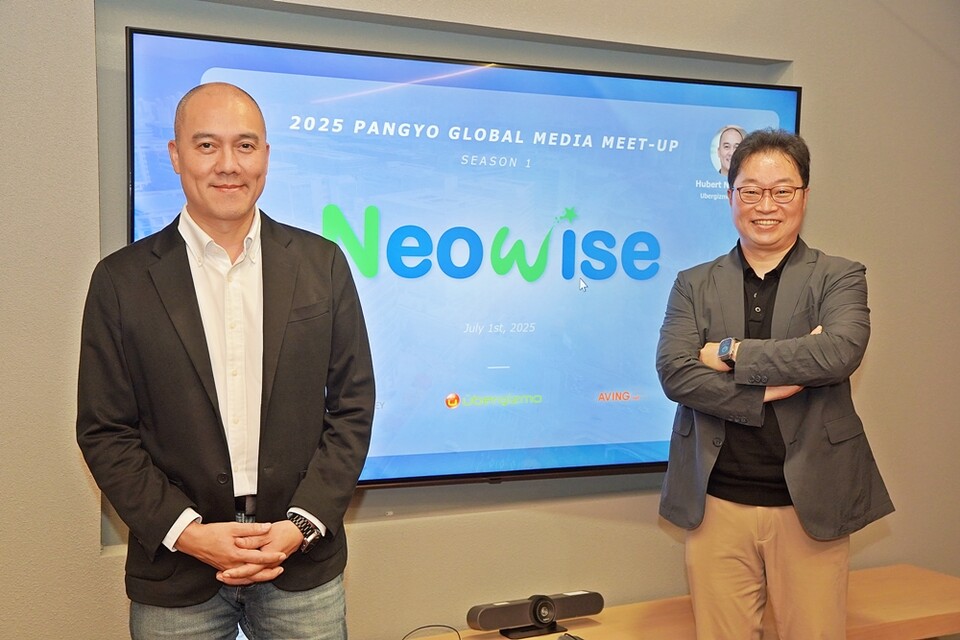Each actually good machine must understand its environment, however right now’s AI techniques usually depend on power-hungry {hardware} and fixed cloud connections. That method creates a spot between what’s technically attainable and what’s sensible for robots, autonomous autos, and different units on the fringe of the Web of Issues (IoT).
Below the banner of “Bodily AI,” builders are pushing intelligence out of information facilities and into sensors, cameras, and tiny modules—so machines could make split-second choices with out sending each body again to the cloud. Conventional cloud-based inference can introduce latency, unpredictable prices, and privateness issues, driving the shift towards on-device AI or Edge AI.
On the coronary heart of this shift lies inference: the section of deep studying the place a educated mannequin takes new inputs—photographs, video streams, sensor readings—and delivers real-time predictions. Not like coaching, which calls for huge knowledge units and heavy computation, inference is a streamlined “ahead cross” that should occur quick and sometimes with minimal energy.
Edge inference allows a supply drone to detect obstacles on the fly, a manufacturing facility digicam to identify defects immediately, or a subway security system to set off alerts in milliseconds, with out ready on round-trip community delays (latency).
NeoVision, referred to as the “Mind of Issues” by Neowise, is designed to bridge this hole. Fairly than adapting generic basis fashions, Neowise develops its personal inference engines from the bottom up. By tailoring every neural community and software program stack, NeoVision squeezes most efficiency into tiny footprints. The aim is obvious: run subtle imaginative and prescient duties on minimal {hardware} in order that even battery-powered units can function and huge fleets of vision-capable techniques could be deployed with out onerous infrastructure prices.
To realize its power-saving ambitions, NeoVision faucets two frontier applied sciences. First, Silicon Photonics guarantees as much as 100× higher power effectivity than standard silicon chips by transmitting knowledge as gentle, not electrons. Second, Quantum Computing methods purpose to speed up key operations at fractions of right now’s energy budgets.
Though each fields are nonetheless maturing, Neowise believes this twin-track funding will finally slash inference-chip energy consumption by roughly 35× in comparison with GPU-style {hardware}—and drive complete system prices down by almost two-thirds versus legacy options.
Till not too long ago, techniques leaned on GPUs tethered to cloud servers for heavy lifting. Corporations struggled with 200-watt modules and 350-watt server racks—or confronted the trade-off of lower-precision fashions that missed delicate defects or hazards. At the moment’s interim fixes embody hybrid architectures that break up workloads between the sting and knowledge middle, however they nonetheless add complexity and value.
In contrast, NeoVision’s all-in-one chip-and-software resolution retains each inference and occasional mannequin updates on the gadget itself, reducing latency to microseconds and eliminating recurring cloud charges.
Neowise, based on April 12, 2024 is led by Charlie Shin (CEO) alongside co-founders Ned Jo (CTO) and Rocky Son (COO). From its early years, the startup has racked up milestones—an MVP of lively studying by November 2024, a cloud-NPU pilot by December, and partnerships for subway security options in mid-2025. Its crew combines deep experience in AI, photonics, and robotics, backed by a rising patent portfolio and strategic agreements with sensor producers and system integrators.

Neowise CEO Charlie Shin (proper), Ubergizmo Co-founder Hubert Nguyen (left) | Photograph by AVING Information
NeoVision’s industrial technique rests on 4 pillars. First, Neowise will license its proprietary knowledge units and foundational algorithms. Second, it gives vital features—object detection, hazard warning, SLAM—by means of APIs or software program subscriptions. Third, it’s creating its personal NPU chips, cloud platform, and common SDK for seamless deployment.
Lastly, it plans to allow NPU-driven digicam and robotic imaginative and prescient options so companions can construct customized edge-AI techniques with out reinventing the stack. The imaginative and prescient is daring, however as right now’s Bodily AI wave accelerates, NeoVision goals to turn out to be the go-to “mind” for any gadget that should see and determine on the pace of sunshine.
Filed in . Learn extra about AI (Artificial Intelligence), GPU (Graphics Processing Unit), Korea, Semiconductors and Startups.
Trending Merchandise

Zalman P10 Micro ATX Case, MATX PC Case with 120mm ARGB Fan Pre-Put in, Panoramic View Tempered Glass Entrance & Aspect Panel, USB Sort C and USB 3.0, White

Logitech MK470 Slim Wireless Keyboard and Mouse Combo – Modern Compact Layout, Ultra Quiet, 2.4 GHz USB Receiver, Plug n’ Play Connectivity, Compatible with Windows – Off White

ASUS VA24EHE 23.8â Monitor 75Hz Full HD (1920×1080) IPS Eye Care HDMI D-Sub DVI-D,Black

Sceptre Curved 24-inch Gaming Monitor 1080p R1500 98% sRGB HDMI x2 VGA Build-in Speakers, VESA Wall Mount Machine Black (C248W-1920RN Series)

MSI MPG GUNGNIR 110R – Premium Mid-Tower Gaming PC Case – Tempered Glass Facet Panel – 4 x ARGB 120mm Followers – Liquid Cooling Assist as much as 360mm Radiator – Two-Tone Design

Wi-fi Keyboard and Mouse Combo – Rii Commonplace Workplace for Home windows/Android TV Field/Raspberry Pi/PC/Laptop computer/PS3/4 (1PACK)









